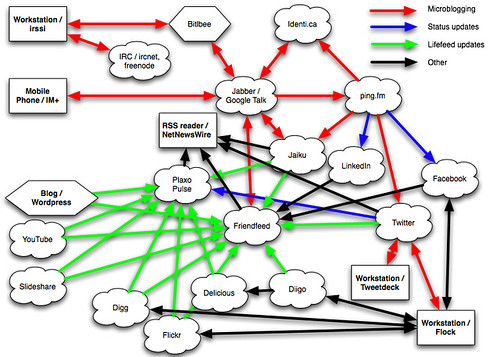Seminar on Software as a service
Software as a service (SaaS, typically pronounced [sæs]), sometimes referred to as "on-demand software," is a software delivery model in which software and its associated data are hosted centrally (typically in the (Internet) cloud) and are typically accessed by users using a thin client, normally using a web browser over the Internet.
While practically every Internet service (such as Web search engine or web-based email) is driven by some underlying software, the term software as a service is often used in the context of business applications, and in some cases even more narrowly as software in a category which has on-premises software; i.e., equivalent applications that are installed in businesses' computer networks or personal computers.

SaaS has become a common delivery model for most business applications, including accounting, collaboration, customer relationship management (CRM), enterprise resource planning (ERP), invoicing, human resource management (HRM), content management (CM) and service desk management. SaaS has been incorporated into the strategy of all leading enterprise software companies.
According to a Gartner Group estimate, SaaS sales in 2010 have reached $9B, up 15.7% from 2009, and are projected to increase to $10.7b in 2011, up 16.2% from 2010. Gartner Group also estimates that SaaS applications, which accounted for a little more than 10% of the total enterprise software market last year, would represent at least 16% of worldwide software sales by 2014.
The term software as a service (SaaS) is considered to be part of the nomenclature of cloud computing, along with infrastructure as a service (IaaS) and platform as a service (PaaS).
Power point presentation on Software as a service


0 comments:
Post a Comment